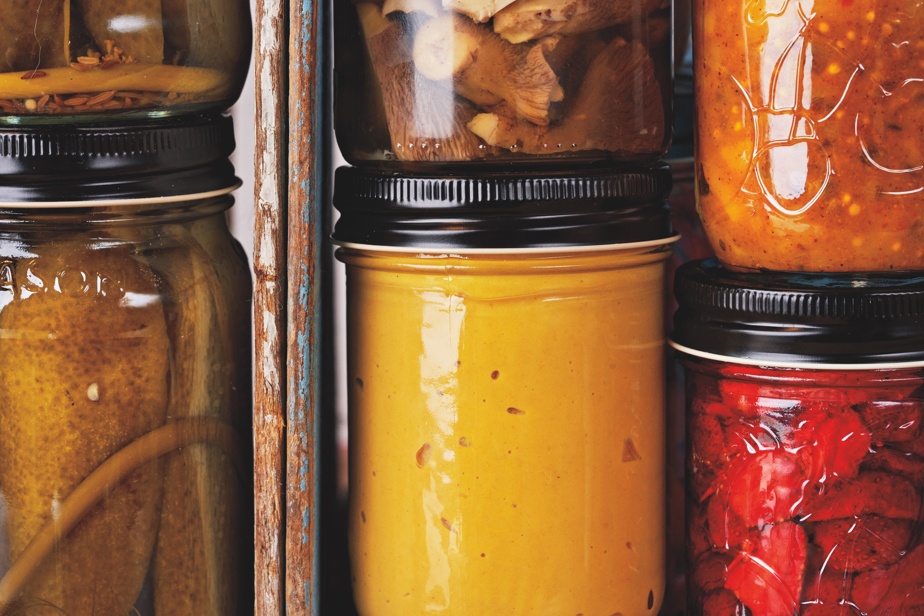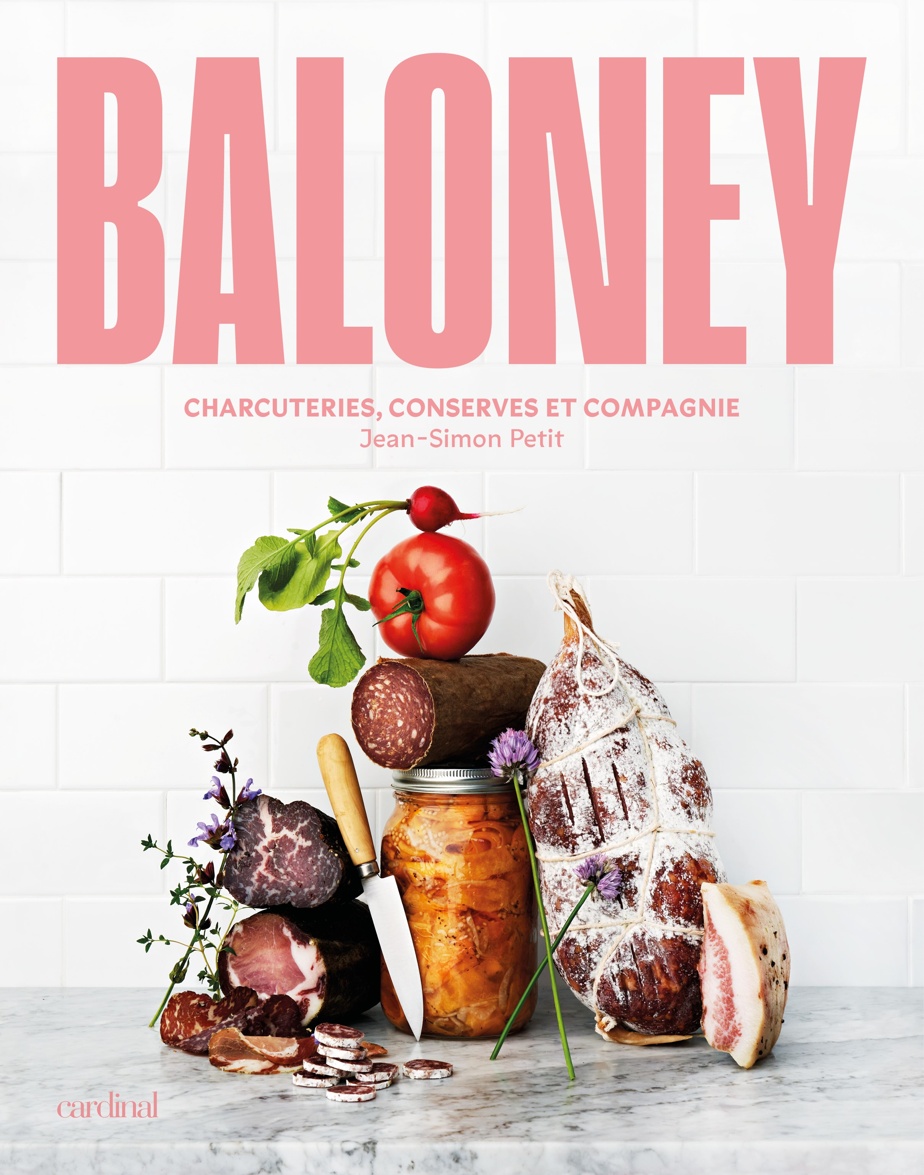Make your own charcuterie? Jean-Simon Petit wants to convince us that it is possible. It can even be simple. This is why his book was designed to make it easy to navigate.
“I wanted to show that it can be done at home, on a small scale,” said the 40-year-old chef in an interview. I started like that myself. So when I wanted to write the book, the idea was always to use materials that you could find at home. We also really popularized the content; I had initially written it in classic cooking terms, but we revised it, and people with little experience managed to make the recipes. »
The tone is set as soon as you read the title of the book. Baloney, the popular term used in Quebec to refer to bologna sausage, indeed has a place of its own in the Quebec culinary psyche.
Pretty much everyone knows the baloney, everyone has a baloney story to tell.
Jean-Simon Petit
“When I started my career as a butcher, people would come in for their baloney steak. We laughed a lot. I looked for clichés related to baloney, I even made baloney sushi inspired by Hawaiian musubi. Baloney is a name that calls out to the world,” notes Jean-Simon Petit, with a smile in his voice.
The taste of self-sufficiency
There is therefore a homemade baloney recipe among the 70 recipes in the book, but you must first and foremost read the introduction, because it is here that you find the essential bases of charcuterie. Seasonings, salt, sugar, casings, lactic ferments, yeasts, nitrates, Jean-Simon Petit explains in detail the role of each of the crucial elements in making good artisanal charcuterie.
He also talks about the equipment to use, maintenance and safety that must be observed in the kitchen when handling embossers and meat grinders. “We are playing with bacteria and warmer temperatures, food safety is important,” warns the chef.

PHOTO STÉPHAN DOE, PROVIDED BY ÉDITIONS CARDINAL
Smoked bacon is one of the simple charcuterie recipes offered in the book Baloneyby Jean-Simon Petit.
Although the book gives pride of place to fresh sausages, terrines and other dried cold meats, there are also recipes for fermented foods, preserves and bread, choices which are all part of a dynamic of returning to the sources of the cuisine here, both in terms of supply and cooking.
“Often, when you want to cook, when you are interested in making bread for example, you develop a taste for doing something else yourself,” says Jean-Simon Petit. So I wanted to offer foundations in all styles of transformation, I wanted to move towards something that revolves around self-sufficiency. Personally, I distill my alcohol, and since I live in the region and there is no nice bakery nearby, I try to do that myself. »
Jean-Simon Petit lives in Hemmingford, less than 5 km from Ferme des Quatre-Temps, where he works as a chef. It was also the owner of the farm, Jean-Martin Fortier, who suggested that he write this book, for which he wrote the preface. “Many people asked me how to make charcuterie, but I wasn’t thinking of writing a book,” admits the man who previously worked in the kitchens of Toqué!, Taverne Square Dominion and L’Utopie, in Quebec. “Then, I realized that it didn’t exist in Quebec, and when I indicated that I intended to write the book, people told me that it was sick! »

PHOTO STÉPHAN DOE, PROVIDED BY ÉDITIONS CARDINAL
A section of the book Baloney is dedicated to foods that can be stored in jars, like the famous baseball mustard!
Five-star collaborators
Jean-Simon Petit took advantage of his numerous contacts in the sector by inviting several chefs to collaborate on the book; among them, Patrice Demers, Stéphane Modat and Stéfano Faita. He also puts his vast experience at the service of readers. “I have been making charcuterie for around fifteen years. I had taken a butchery course. It really wasn’t cool at the time, but I thought it was hot. I had bought some American books and old French books to try for myself. And with my work, I have created charcuterie with as few additives as possible, if at all. I did a lot of tests to make the most natural charcuterie possible, to return to traditional recipes. »
Do you want to make homemade, all-natural hot dog sausages? It’s in the book. “That’s one of my things, I’m a real hot dog fan; I have purchased every type of commercial sausage in the United States and Canada to understand what creates a good hot dog. It looks cheap, but it starts with an emulsified sausage like in Eastern Europe. I just recreated the sausage that was made back in the day, making sure it tasted like a hot dog. I don’t want my kids eating crap! », says the father of two toddlers, including a 2-month-old newborn.
All this by adding a little baseball mustard to the bread… Because yes, that too is in Baloney !

Baloney – Charcuteries, preserves and company
Cardinal Editions
210 pages
